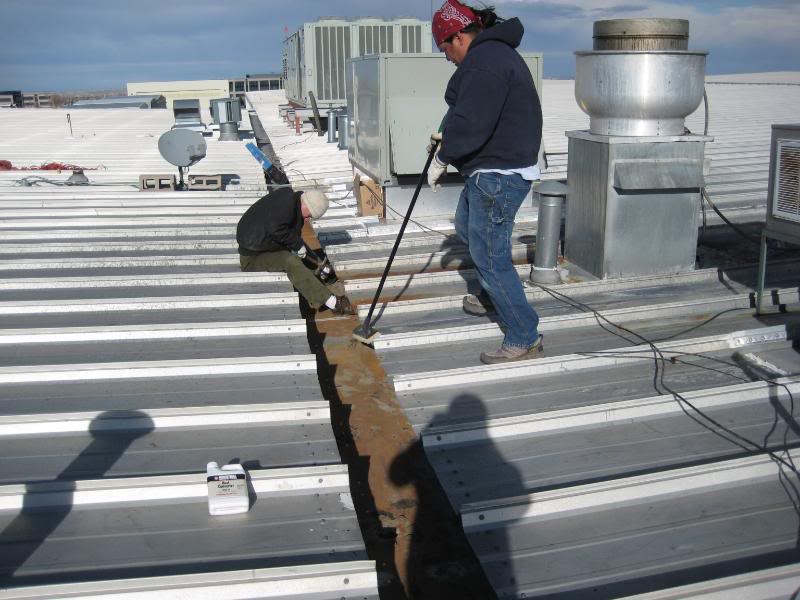A Dependable Guide when Maintaining Metal Buildings
Metal buildings require little maintenance but this does not mean they don’t need some TLC. They need to be inspected, cleaned, repaired, or replaced. This makes it essential to establish a maintenance schedule and policy to take the right steps.
Frequency of Maintenance
When determining how often you should maintain your metal building, you must consider factors such as the particular maintenance task, building age and condition, as well as environmental influences. Some maintenance tasks occur on various schedules while others don’t have to be done. The majority of them are carried out two times every year. When it comes to building maintenance, the most common task is an inspection. A great schedule includes inspecting the building early spring to spot issues caused by the winter.

Ensuring Maintenance Safety
When maintaining a building, it is important to be aware of safety regulations to avoid injuries and fatalities as well as significant fines. Protective equipment must be used. Maintenance crews should not walk on wet roof panels. Also, they should not sit, walk, or step on ridge caps, ridges, gutters, and hips. A company that offers metal building repair services may also include maintenance in their list of services.
Building inspections must be done right away after a fire, severe weather, or vandalism. High winds can loosen flashing and blow debris into the roof. Any stripped out fasteners must be replaced immediately. Also, after heavy foot traffic, punctures and scratches must be checked.
What to Spot During Routine Building Maintenance
When inspecting buildings routinely, certain areas must be checked. Maintenance professionals will be looking for the following:
- Dirt. Your walls can get dirty after a heavy rainfall and if your gutter is clogged. Also, the panels can get dirty because of some soils.
- Fasteners. Expect the paint to wear away on fastener heads. This means that you can easily spot loose fasteners. Rust development, rusty panels, and bleeding rust must be also checked.

- Ground materials. These include ant mounds, grass clippings, dirt, and leaves that rest against the walls. Your ground crew must blow away grass clippings from your building and deal with branches and limbs while working.
- Roof panels. In case steel panels have come into contact with metals such as graphite, lead, and copper, they can deteriorate rapidly. Metal to metal damage is often caused by lead hats for plumbing vents and condensation from the AC units at the rooftop. Contact a contractor to repair this kind of building damage.


Comments are closed.